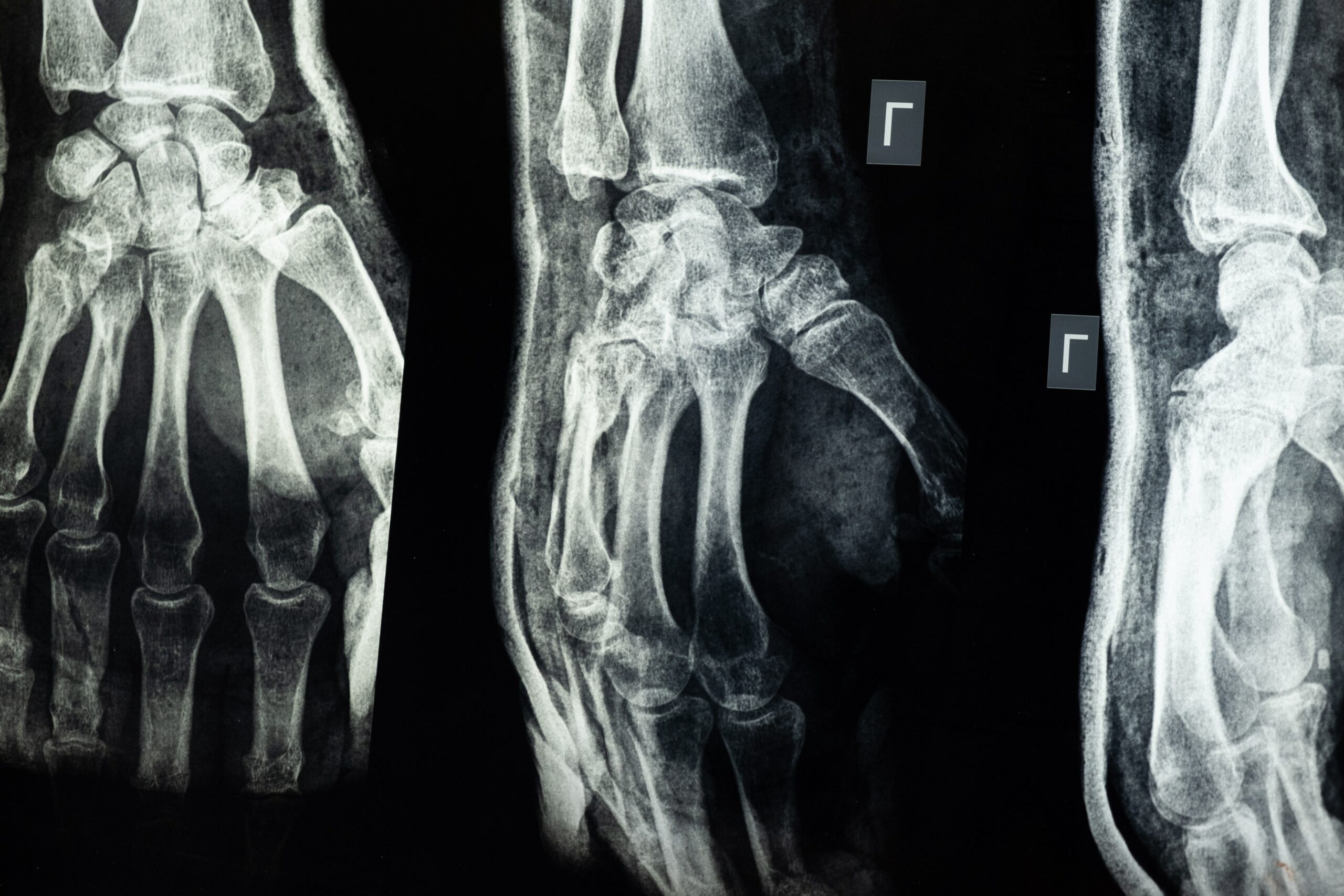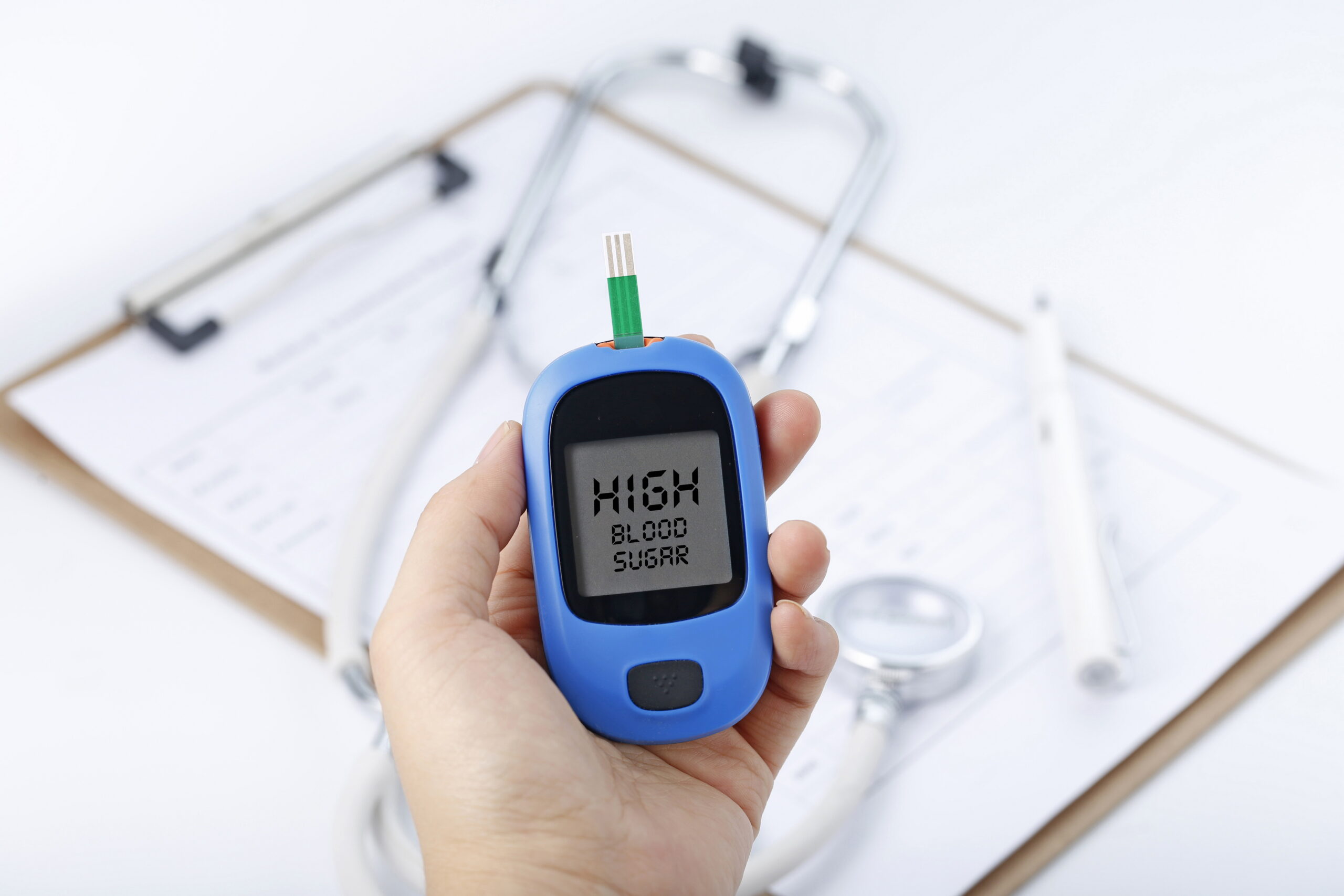How to Perform Adult CPR: If an adult is unresponsive and has difficulty breathing, they may suffer from cardiac arrest, heart attack, or other medical emergencies. In these cases, you will need to call Triple Zero and start CPR right away. In this article, learn what to do in Adult CPR.
What Is CPR?
Cardiopulmonary resuscitation (CPR) is a lifesaving procedure combining chest compressions and rescue breathing. CPR technique is designed to pump the heart to restore blood circulation and deliver oxygen to the brain until the heart receives definitive treatment and starts working normally.
In simpler terms, CPR works by keeping the person’s blood flowing until further medical help arrives. When CPR is initiated in the first few minutes after the heart stops breathing, CPR can double (even triple) the chances of survival.
Having proper First Aid training can save lives by following CPR steps. Here’s a step-by-step guide to performing Adult CPR.
How To Do Adult CPR?
CPR is most successful when performed as soon as possible. Take note that CPR should only be performed unconscious, unresponsive, and not breathing.
The basic steps for performing Adult CPR are based on the DRSABCD guidelines in 2010. DRSABCD stands for Danger, Response, Send (for help), Airway, Breathing, CPR/circulation, and Defibrillation.
1. Check The Person And The Emergency Scene
Make sure the scene is safe before going straight to the casualty. Approach with care and try not to put yourself in danger.
2. Look For A Response
Gently tap the person on their shoulder and try to get a response. If no response, gently shake and shout at the person as if you are trying to wake them. If, after these approaches, there is still no response, get help.
3. Call For Help
Send for help by calling triple zero (000) for assistance.
4. Check The Person’s Airway
Gently tilt the head backward, open the mouth and look inside. Quickly remove any foreign matter that is blocking their airway.
Check the person’s breathing by listening carefully for no more than 10 seconds. Take note that occasional gasping does not equate to normal breathing. If there are no signs of breathing, begin CPR.
5. Start CPR
Provide chest compressions by placing the heel of one hand in the centre of the chest, just below the nipple line. Place the other hand on top of the first hand and interlock your fingers, then start compressions.
Compression depth should be at least one-third of the person’s chest depth. Compression rates should be 30 to 2 breathes, aiming for 100 compressions and 7 breathes per minute. Thinking of the music ‘Staying alive’ by the Bee Gees to assist you in keeping the correct compression rhythm.
- When delivering rescue breaths, gently tilt the person’s head back with the chin slightly lifted. Pinch the nose shut, then place your mouth over theirs to make a complete seal. Blow into their mouth and observe how the chest rises.
- Continue performing cycles of chest compression and rescue breathes until the person exhibits signs of life or until medical help arrives. Use AED if available.
If no CPR is administered following an attack, it only takes less than four minutes for the person to become brain dead due to the lack of oxygen. If you are not sure whether it is a cardiac arrest or not, you should start CPR. There are low chances to cause any harm to the person if they are not actually in cardiac arrest.
If you have been trained in CPR and feel confident using your skills, you should give chest compressions with rescue breaths in an emergency. If you are not completely confident with your First Aid skills, attempt hands-only CPR instead.
Enrol in a first aid course and obtain a CPR certificate to start saving lives.
Visit the First Aid Course Perth for more information.






